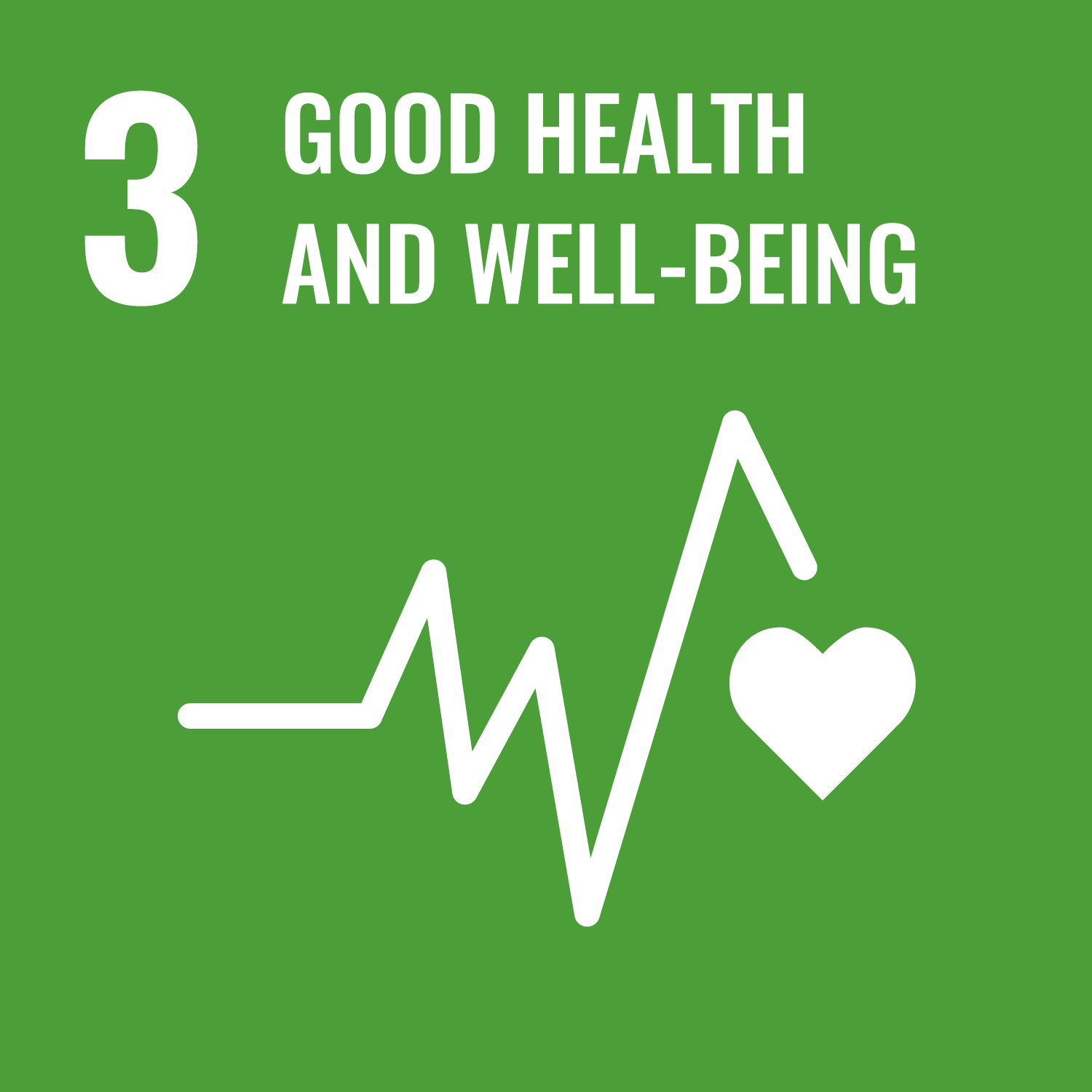Haywood, M., Ambler, G., Walker, C. et al. (142 more authors) (2025) The COVIDTrach prospective cohort study on outcomes in 1982 tracheostomised COVID-19 patients during the first and second UK pandemic waves. Scientific Reports, 15 (1). 23013. ISSN: 2045-2322
Abstract
COVIDTrach is a UK-wide, prospective cohort study evaluating tracheostomised COVID-19 patient outcomes and operator disease transmission. Early in the pandemic controversy surrounded optimal timing of tracheostomy insertion, however meta-analyses have since addressed this uncertainty. We report on our cohort’s data and outcomes to help inform the management of this disease and compare our findings to the literature. Our inclusion criteria were COVID-19 patients aged ≥ 18 undergoing tracheostomy following invasive ventilation. We recorded relevant characteristics, clinical parameters, intra-operative details and outcome data. Predictors for mortality and time to ventilatory wean were determined. Among 1982 patients, there was a 21% post-tracheostomy mortality and median intubation to tracheostomy time of 15 days (IQR 11–21). The median time to successful ventilatory wean post-tracheostomy was 12 days (IQR 7–20). Advancing age, greater FiO2 and PEEP requirements and inotrope or anticoagulant use were associated with increased mortality (p < 0.05) and time to wean success (p < 0.01). Higher CRP predicted increased mortality (p < 0.05), while NIV use and extended pre-tracheostomy ventilation predicted prolonged wean time (p < 0.01). The death risk for tracheostomy performed ≤ 7 or ≥ 14 days of ventilation was equivocal (OR 1.01, 95% CI [0.37–2.72]) but lower between 8 and 14 days (OR = 0.64, 95% CI [0.47–0.86]) (p = 0.01). Eight operators tested positive within two weeks of performing a tracheostomy. Our mortality rates were similar to cohort studies but lower than early versus late tracheostomy designs. In contrast to the literature, we found reduced mortality when tracheostomy was performed 8–14 days post-intubation, with more favourable wean time and wean and decannulation rates.
Metadata
| Item Type: | Article |
|---|---|
| Authors/Creators: |
|
| Copyright, Publisher and Additional Information: | © The Author(s) 2025 . This article is licensed under a Creative Commons Attribution-NonCommercial-NoDerivatives 4.0 International License, which permits any non-commercial use, sharing, distribution and reproduction in any medium or format, as long as you give appropriate credit to the original author(s) and the source, provide a link to the Creative Commons licence, and indicate if you modified the licensed material. You do not have permission under this licence to share adapted material derived from this article or parts of it. The images or other third party material in this article are included in the article’s Creative Commons licence, unless indicated otherwise in a credit line to the material. If material is not included in the article’s Creative Commons licence and your intended use is not permitted by statutory regulation or exceeds the permitted use, you will need to obtain permission directly from the copyright holder. To view a copy of this licence, visit http://creativecommo ns.org/licenses/by-nc-nd/4.0/. |
| Keywords: | COVIDTrach Collaborators; Humans; Treatment Outcome; Respiration, Artificial; Ventilator Weaning; Tracheostomy; Prospective Studies; Adult; Aged; Aged, 80 and over; Middle Aged; Female; Male; Pandemics; United Kingdom; COVID-19; SARS-CoV-2 |
| Dates: |
|
| Institution: | The University of Sheffield |
| Academic Units: | The University of Sheffield > Faculty of Medicine, Dentistry and Health (Sheffield) > School of Medicine and Population Health |
| Funding Information: | Funder Grant number NIHR Academy NIHR302559 |
| Depositing User: | Symplectic Sheffield |
| Date Deposited: | 28 Aug 2025 15:01 |
| Last Modified: | 28 Aug 2025 15:01 |
| Status: | Published |
| Publisher: | Springer Science and Business Media LLC |
| Refereed: | Yes |
| Identification Number: | 10.1038/s41598-025-93391-w |
| Sustainable Development Goals: | |
| Open Archives Initiative ID (OAI ID): | oai:eprints.whiterose.ac.uk:230901 |


 CORE (COnnecting REpositories)
CORE (COnnecting REpositories) CORE (COnnecting REpositories)
CORE (COnnecting REpositories)